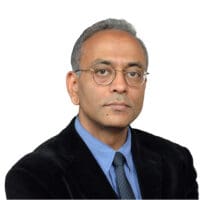Overview
All scientists harbor the hope of merging their personal desire to be good Samaritans with their professional desire to be good researchers. This aspiration to braid science and service can only come to fruition if we actively identify opportunities that mesh the two-the kind of science that necessitates service. This presentation will describe Project Prakash as a prototype of what such initiatives might look like. The genesis of this project lies in the confluence of a crucial humanitarian mission and a fundamental scientific quest.
India is home to the world’s largest population of blind children. The visual handicap, coupled with extreme poverty greatly compromises the children’s quality of life and even basic survival. The humanitarian mission of Project Prakash is to bring light into the lives of curably blind children by providing them sight-restoring surgeries. Embedded in this mission is an unprecedented opportunity to study deep scientific questions: How does the brain learn to extract meaning from sensory chaos? Is the visual world we perceive a construction arrived at through a process of learning, or is our ability to interpret the visual environment immediate and innate? Can the brain learn to see even late in life? By following the development of visual skills in these unique children who are just setting out on the enterprise of learning how to see, we have gained insights into these and other fundamental questions regarding visual perception. Through a combination of behavioral and brain-imaging studies, Project Prakash has revealed remarkable neural malleability even late in life and significant improvements in the children’s ability to recognize objects, and use vision to gain independence.
- Dialogue 3019 sessions
- December 14, 2015Sera Monastery, Bylakuppe, India


